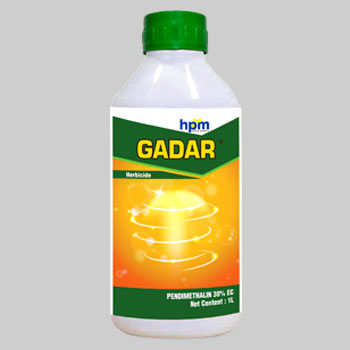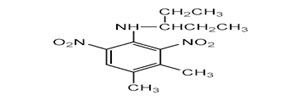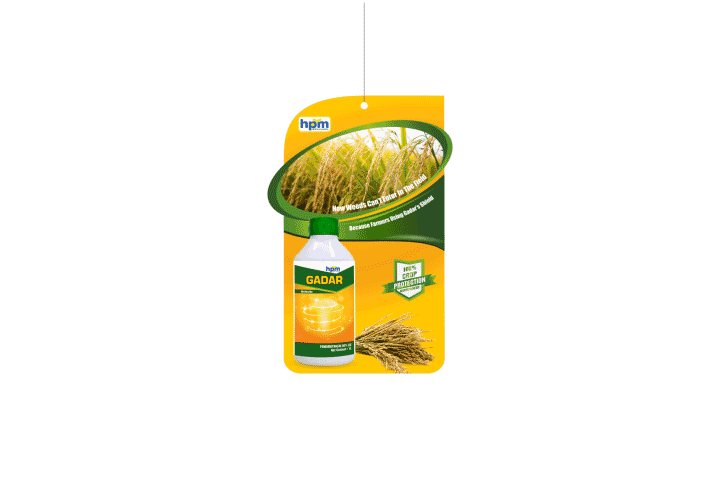- HOME
- ABOUT
- INFRA
- BUSINESS AREA
- KNOWLEDGE
- CSR
- Policy & Committe
- Activities
- Plantation Drive(Samba)
- Green Nation Clean Nation Plantation Drive
- Santosh Krishi Diwas
- 14 TH SENIOR ROLL BALL NATIONAL CHAMPIONSHIP
- Arm Wrestling Championship
- Clothes Distribution for Students
- Samuhik Vivah Bhiwadi
- Help him to Breathe
- WHEELCHAIR DISTRIBUTION KHUSHKHERA
- Girl's Adoption CSR
- Save Eyes Save Life
- CAREERS & HR
- NEWS
- CONTACT
- BLOG
QUESTIONS? CALL: 011-4507 1800

Stands for delivering best service and exceptional quality for crop protection.
Tel. (911) 45071800-899
Email: info@hpmindia.com
HPM Chemicals & Fertilizers Ltd.
209-210, Anupam Bhawan, Azadpur Commercial Complex Azadpur, Delhi-110033
GADAR (Pendimethalin 30% EC)
- It is emulsifiable pre-emergence selective herbicide.
- Gadar is very much helpful in controlling the weeds of various crops.
- It acts by disrupting cell division and cell elongation in shoot and root meristem.
- The mechanism involves inhibition of microtubule formation in cells which results in inhibition of cell division.
- In wheat it is applied as pre-emergence i.e. immediately after sowing.
- It should not be used in the areas where aquaculture / pisciculture is practiced along with rice cultivation.


| Product Name |
: |
Pendimethalin | |||||
| Type of pesticide |
: |
Herbicides | |||||
| Chemical name |
: |
N-(1-ethylpropyl)-3,4-dimethyl-2,6-dinitrobenzenamine | |||||
| Empirical Formula |
: |
C13H19N3O4 |
|||||
| CAS No. |
: |
[40487-42-1] | |||||
| UN No |
: |
3082 | |||||
| Packing group |
: |
III | |||||
| IMDG |
: |
Class-9 [Environmentally hazardous substance, liquid, N.O.S. (Pendimethalin)] | |||||
| Shelf-life |
: |
Two years under normal storage conditions. | |||||
|
DESCRIPTION |
|||||||
| Pendimethalin is an herbicide of the dinitroaniline class used in pre emergence and post emergence applications to control annual grasses and certain broadleaf weeds. It inhibits cell division and cell elongation. Microtubule assembly inhibition. | |||||||
| Mode of action | |||||||
| Selective herbicide, absorbed by the roots and leaves. Affected plants die shortly after germination or following emergence from the soil. | |||||||
| Applications It is used to control most annual grasses and some broad-leaved weeds. It is recommended for use in soybean, cotton, chilli. It protects crops like wheat, corn, soybeans potatoes, cabbage, peas, carrots and asparagus. It is used to control annual grasses and certain broadleaf weeds which interfere with growth. It inhibits root and shoot growth. It controls the weed population and prevents weeds from emerging, particularly during the crucial development phase of the crop. It is used to control most annual grasses and some broad-leaved weeds. | |||||||
| Structure Formula |
: |

|
|||||
| Physical Properties | |||||||
| Appearance |
: |
Orange Yellow Crystals | |||||
| Pendimethalin content, percent by mass |
|
90.00% Min. | |||||
| Melting Point |
: |
54-58 ºC | |||||
| Material insoluble in acetone, percent by mass , Max. |
: |
1.0% Max. | |||||
| Acidity (as H2SO4), percent by mass, Max. |
: |
0.50% Max. | |||||
| Compatibility. |
: |
Strong alkaline material, acid or oxidizing materials. | |||||
| TOXICITY DATA | |||||||
| Mammalian Toxicity |
: |
WHO (a.i.) III; Slightly hazardous | |||||
| Environmental Toxicity |
: |
The major metabolic routes for pendimethalin involve hydroxylation of the 4-methyl and N-1ethyl groups, oxidation of these alkyl groups to carboxylic acids, nitro-reduction, cyclisation and conjugation. Not toxic for birds, mallard ducks, bobwhite quail. It is very toxic to fish, rainbow trout, bluegill sunfish, channel catfish. It is non toxic for worms. It is non toxic for bees. | |||||
| Formulation |
: |
30% EC | |||||
| Trade name |
: |
GADAR | |||||
| Packing detail |
: |
250ml, 500ml, 1Ltr, 5Ltr, 20Ltr, 200Ltr | |||||
| Recommendations | |||||||
| Crop | Weed Species | Dosage/acre(ml) | Dilution in Water (Liter) |
Waiting Period
(days |
|||
|
Wheat
|
Phalaris minor, Chenopodium album, Melilotus alba, Portulaca oleracea, Anaglis arvensis, Fumaria parviflora, Poa annua | 1320-2000 | 200-280 | - | |||
|
Rice (Transplanted & direct sown upland)
|
Echinochloa colona, Echinochloa crusgalli, Fimbristylis mitiaeceae, Marsila quadrifoliata, Altarnanthera sessilia, Ammania baccifera, Eclipta alba, Ludwigia parvlflora, Cyperus difformis, | 1320-2000 | 200-280 | - | |||
|
Cotton
|
Echinnochloa spp, Euphoriba hirta, Amaranthus viridis, Portulaca oleracea, Trianthema spp.,Eleusine indica | 1000-1666 | 200-280 | 150 | |||
|
Soyabean
|
Echinochloa spp., Euphorbia spp., Amaranthus viridis, Portulaca oleracea, Trianthema spp., Eleusine indica | 1000-1320 | 200-280 | 110 | |||
|
Pigeon Pea
|
Digitaria sanguinalis, Digeria arvensis, Amaranthus spp., Triarithema spp., Euphorbia hirta, Cyperus spp., Eragrostis spp., | 1000-1332 | 200 | 133 | |||
|
Chillies
|
Echinochloa spp., Eleusine indica, | 1000-1666 | 200-280 | 15 Days | |||
|
Onion
|
Chenopodium album, Melilotus spp., Digitaria Sanguinalis, Anagalis arvensis, Eleusine indica, Echinochloa spp., portulaca oleracea | 1000-1320 | 200-280 | 15 Days | |||
| Name | Details |
|---|---|
| UID | HPM2000K064 |
| Brand Name | Gadar |
| Technical Name | PENDIMETHALIN 30% EC |
| Packing Details | 5 Ltr, 1 Ltr, 500 ml, 250 ml. |
| Registration No | CIR-40327/2002-Pendimethalin (EC) (223)-11 |
| Toxicity Symbol |  |







